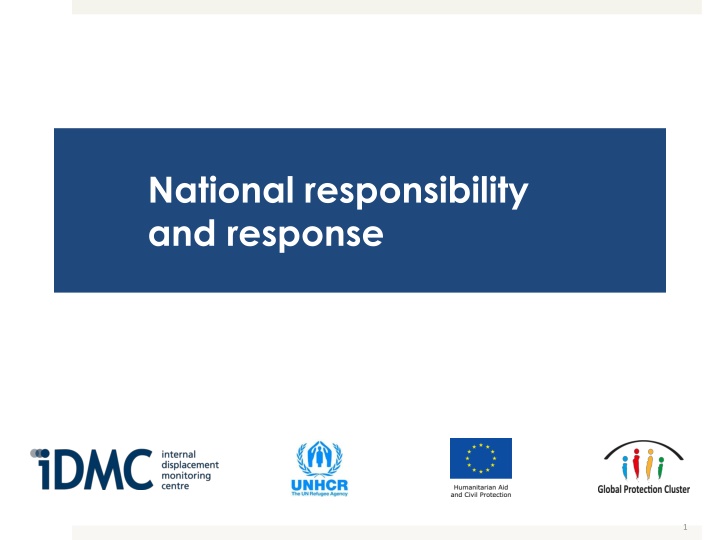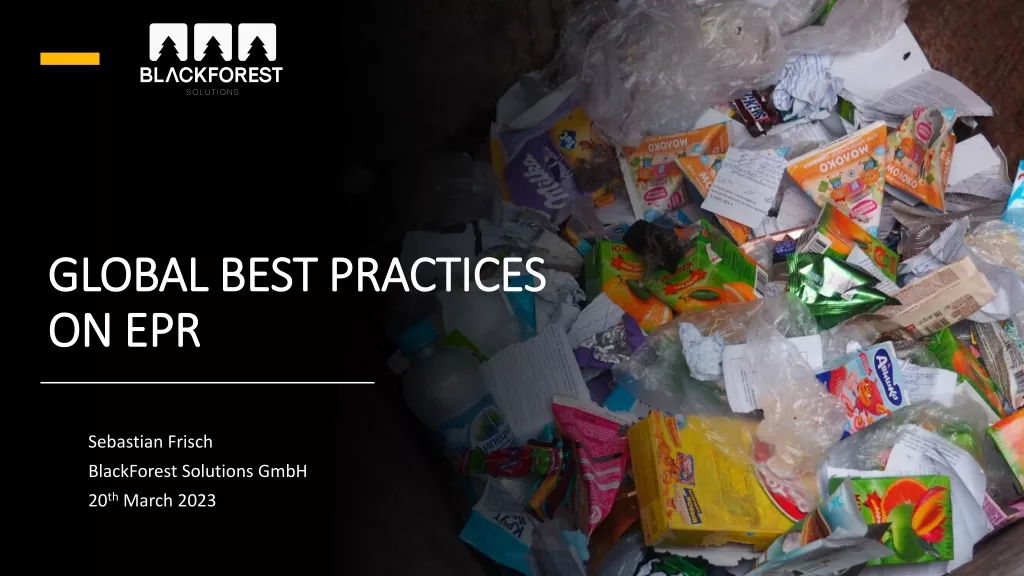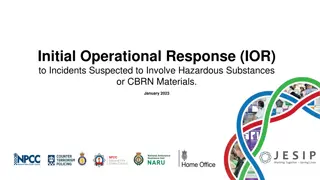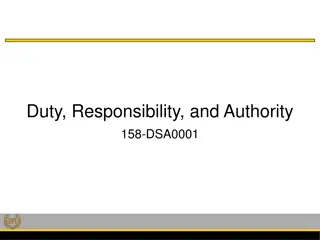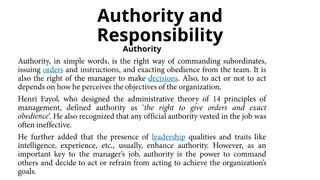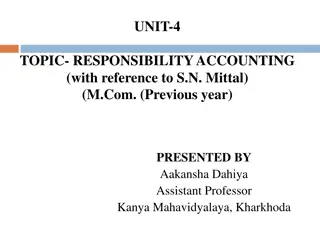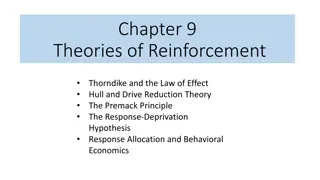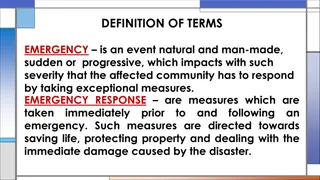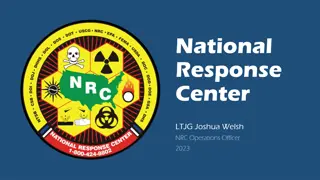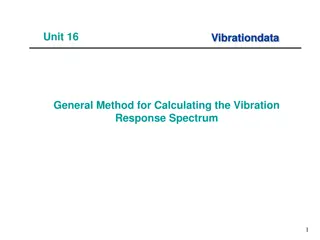National Responsibility and Response
Introduction to primary and complementary responsibilities, examination of national responsibility towards IDPs, steps a state must take to fulfill its responsibilities, challenges in displacement prevention, incorporation of obligations under the Kampala Convention, and data collection for IDPs.
Download Presentation

Please find below an Image/Link to download the presentation.
The content on the website is provided AS IS for your information and personal use only. It may not be sold, licensed, or shared on other websites without obtaining consent from the author.If you encounter any issues during the download, it is possible that the publisher has removed the file from their server.
You are allowed to download the files provided on this website for personal or commercial use, subject to the condition that they are used lawfully. All files are the property of their respective owners.
The content on the website is provided AS IS for your information and personal use only. It may not be sold, licensed, or shared on other websites without obtaining consent from the author.
E N D
Presentation Transcript
National responsibility and response 1
Objectives Introduce the concepts of primary and complementary responsibilities Examine the foundation and implications of national responsibility towards IDPs Identify the steps a state needs to take to fulfill its responsibility towards IDPs Identify challenges to the prevention of displacement and responses to it 2
Primary and complementary responsibility The Kampala Convention s preamble states: Affirming our primary responsibility and commitment to respect, protect and fulfil the rights to which IDPs are entitled to Complementarity and collaboration State Article five stipulates: States Parties shall bear the primary duty and responsibility for providing protection and humanitarian assistance to IDPs within their territory or jurisdiction without discrimination of any kind. International organisations African Union CSOs Non- state groups IDPs 3
Kampala Convention and national responsibility Article 3.2 stipulates that states parties shall: a. Incorporate their obligations under the convention into domestic law by enacting or amending relevant legislation b. Designate an authority or body responsible for coordinating activities to protect and assist IDPs, and for cooperating with international organisations and CSOs c. Adopt strategies and policies on internal displacement d. Provide the necessary funds for protection and assistance e. Incorporate the relevant principles of the convention into peace negotiations and agreements and the pursuit of durable solutions 4
Sovereignty as responsibility Prevention KC 3, 4.4 Displacement response Framework on national responsibility National awareness KC 2, 3 Data collection KC13 Training on IDPs rights KC 2, 3 Legal framework KC 3.2 National policy KC 3.2 Institutional focal point on IDPs KC 3.2 Durable solutions KC 11, 12 Resources KC 3.2 Cooperation w/ intergovernmental organisations /regional organisations National human rights institutions KC 3.1.j, 5.7, 9.3 ACHPR 5
Data collection, registration and law and policy making: Kampala Convention article 13 Preparation: to understand the scale and characteristics of the phenomenon Kenya s 2012 act on IDPs sets up a national committee to register all IDPs. It stipulates that: (i) Registration should take place within 30 days of displacement Drafting: to devise measures that truly respond to IDPs needs (ii) It shoud be officially declared (iii) It should only be for identification, profiling and protection purposes Implementation: to allocate adequate resources Data protection in national legal system 6
IDPs participation Kampala Convention articles 9.2.k on protection and assistance and 11 on durable solutions state that: IDPs have the right to participation Their participation makes responses more effective Yemen organised focus groups and workshops with more than 3,600 IDPs as part of its law and policy- making process It also reduces dependency and facilitates reintegration 7
Adequate resources Drafters should understand the resources available in advance Somalia s policy framework on displacement stipulates that an action plan for implementation should be finalised within six months of adoption and should include a funding strategy. The interior ministry should: Receive direct budget allocations Propose the funding strategy to the international community Establish a fund for IDPs and returnees Law and policy development should be coordinated with annual budget cycles If a focal point is appointed, it should be provided with the financial resources it needs to fufil its role 8
Conclusions Political, economic and social factors may challenge preventive action and responses to displacement Understanding the causes of such issues allows the right institutional choices to be made Raising awareness of displacement, allocating resources, guaranteeing participation and ensuring coordination are signs of national responsibility towards IDPs The benchmarks of national response can be translated into concrete legal or policy arrangements 9
